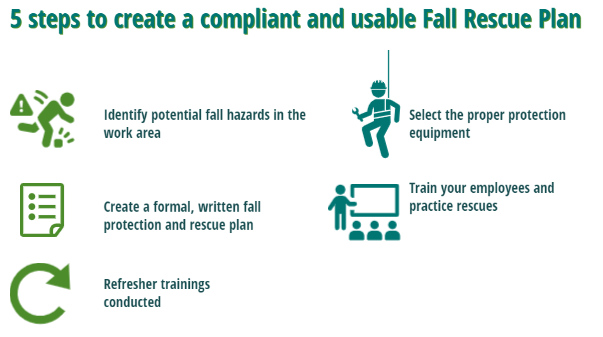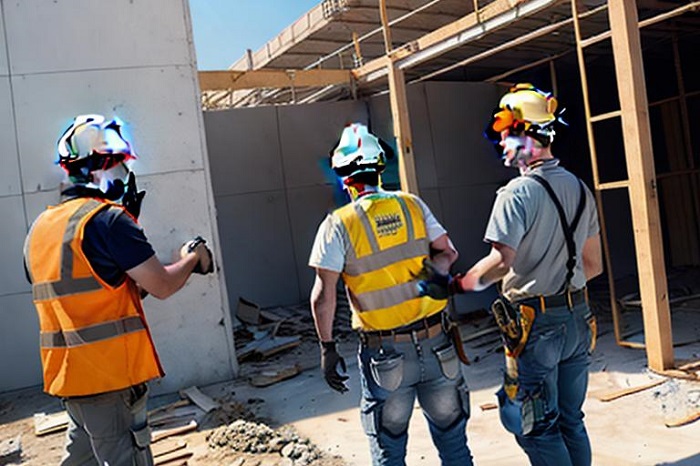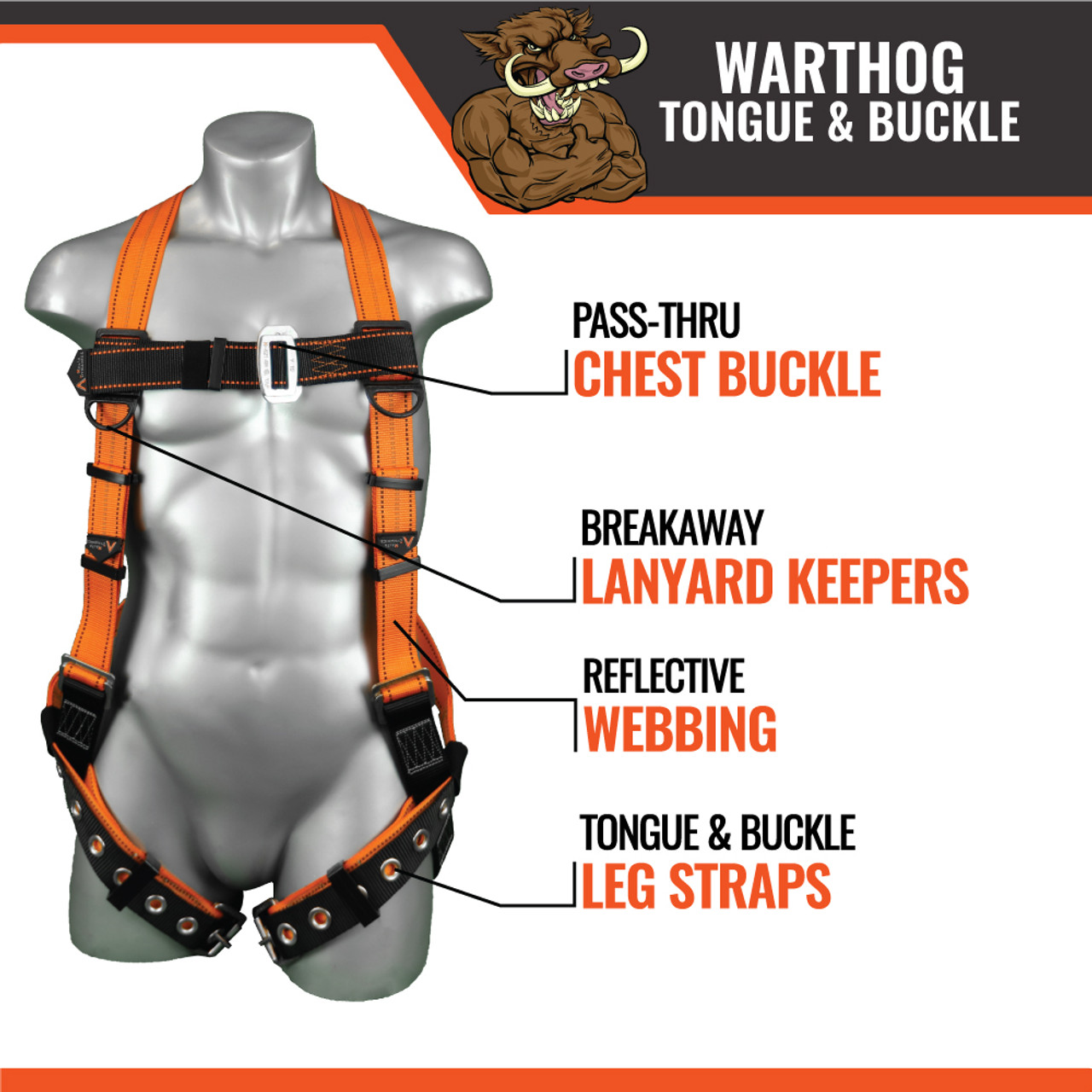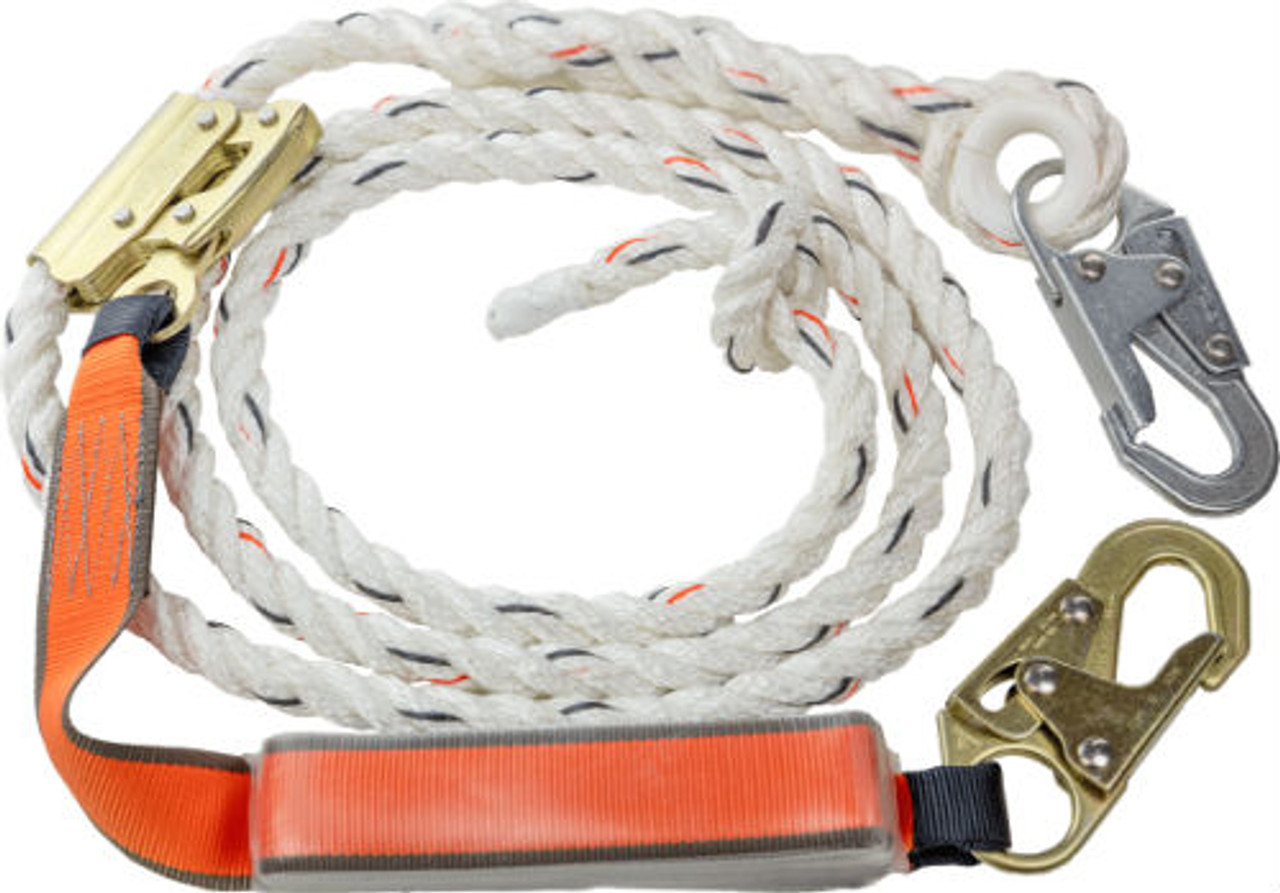How To Write An Effective Safety Plan
Posted by Howie Scarboro - CEO Fall Protection Distributors, LLC on Jan 10th 2024
When it comes to ensuring safety, the importance of a fall protection safety plan cannot be emphasized enough. Whether you're supervising a construction site or managing a manufacturing facility, creating a plan that includes a planned rescue strategy is crucial, for the well-being of your workers. This article aims to guide you through the process of developing a plan that not only meets legal requirements, but also prioritizes the safety and preparedness of your team.
Understanding Fall Protection
Before we dive into the details of creating a fall protection safety plan, it's essential to have a grasp on the basics. Fall protection involves strategies and equipment designed to prevent and minimize falls from areas. Recent statistics indicate that falls continue to be one of the leading causes of injuries, highlighting the need for comprehensive safety measures. Legal obligations, such as those outlined by OSHA, further emphasize the significance of having a defined fall protection safety plan in place.
Components of a Fall Protection Safety Plan

A successful fall protection safety plan consists of a few key components. The first step involves conducting an assessment of risks to identify hazards and areas that require attention. This evaluation forms the basis, for implementing measures, which might involve safety barriers, safety nets or personal protective gear. It is equally important to have an emergency response and rescue plan in place to ensure an effective response in case of a fall.
Developing a Comprehensive Safety Plan for Fall Protection
OSHA provides guidance for residential jobsites to help contractors put fall protection safety plans.
Involving employees in the creation and execution of the safety plan for fall protection promotes a culture of awareness regarding safety. Proper training programs equip workers with the knowledge and skills to navigate areas safely. Selecting equipment that aligns with your workplace’s requirements is also crucial. Regular inspections and updates will keep the plan up to date and reflective of any changes in the work environment.
Implementing the safety plan for fall protection demands commitment and diligence. Regular inspections should be carried out to ensure that equipment is in good condition and that workers adhere to safety protocols. Timely updates and revisions must be made to address any emerging risks or modifications in the workplace.
Key Elements of a Rescue Plan

OSHA requires a written rescue plan, here is a brief video discussing rescue plan and how to implement them.
Creating an effective fall protection rescue plan is a crucial aspect of ensuring the safety of workers in elevated work environments. The process involves meticulous planning and consideration of potential risks.
1. Comprehensive Risk Assessment - This step identifies potential fall hazards and helps in developing specific rescue strategies tailored to the unique aspects of the workplace.
2. Develop Detailed Procedures To Follow – Describe proper communication strategies to ensure a swift and coordinated response. Training employees on executing the rescue plan is equally important, empowering them with the knowledge and skills required to assist a fallen colleague safely.
3. Dictate Appropriate Equipment - This may include devices for prompt and secure descent, harnesses, and communication tools. Regular drills and simulations are invaluable for testing the effectiveness of the plan and familiarizing all team members with their roles in a rescue scenario.
4. Continuous Improvement And Updates To The Plan - Regularly reviewing and updating the fall protection rescue plan in response to changes in the work environment or any lessons learned from drills ensures it’s ongoing relevance and effectiveness. By following these steps, businesses can establish a comprehensive and proactive approach to fall protection rescue planning, prioritizing the safety and well-being of their workforce.
Training and Education

In the realm of construction fall protection, proper training is important to maintaining a safe and motivated work force. Creating a culture of safety in the workplace starts at the top of the organization and trickles down to the workers. Investing in employee training and education ensures that your team remains up to date on the safety protocols equipment advancements and best practices.
Compliance with OSHA standards and any industry specific requirements is non-negotiable. It's not about avoiding repercussions; it's also about aligning your fall protection safety plan with industry best practices, for optimal results.
Cost-Benefit Evaluation
Although the initial investment required for a fall protection safety plan may appear significant, conducting a cost benefit evaluation reveals it’s long term advantages. The potential reduction in injuries and associated costs far surpasses the expenses.
Advancements in Fall Protection
Embracing innovations in fall protection can greatly enhance safety. Utilizing safety equipment, such as devices that monitor worker movements and provide real-time alerts represents an exciting frontier in occupational safety.
In the fall protection industry, it is recommended to invest the best possible fall protection equipment available that will provide years of dependable use.

The Malta Dynamics Warthog B2002 is a best selling harness that provides high quality protection at a very affordable price point.

The Malta Dynamics C7050 50' Vertical Lifeline with shock absorber and robe grab is another great value for keeping your workers safe.
Obstacles in Implementing Fall Protection Plans
Encountering resistance to change and overcoming barriers during the implementation of safety measures are challenges. Successfully addressing these hurdles necessitates communication and a commitment to fostering a culture centered around safety.
Conclusion
In summary, developing a fall protection safety plan, including a rescue strategy is a process that requires consideration of various elements.
To create a plan that can withstand the test of time, it's important to prioritize the safety of employees, adhere to regulations, and embrace new approaches. By fostering a culture that values safety and continuous improvement, businesses can cultivate a work environment where employees feel secure and appreciated.
Frequently Asked Questions
1. How frequently should a fall protection safety plan be updated?
It is recommended to update the plan when there are changes in the workplace or new risks are identified.
2. What are the essential training programs for fall protection?
Programs that cover usage of equipment, emergency response procedures, and rescue protocols are crucial. OSHA Competent Person training is a good starting point for workers that can be exposed to height.
3. Are there OSHA standards for fall protection?
Yes, OSHA has established standards pertaining to fall protection for industries.
4. Can implementing a comprehensive fall protection safety plan result in reduced insurance costs?
Yes, a properly executed safety plan has the potential to lead to lower insurance premiums, fewer injuries, and overall lower project cost.
5. How can technology enhance measures for fall protection?
Technological advancements such as real time monitoring, drone inspections, thermal imaging, and safety alert monitors can help enhance jobsite safety.

